Attached files

Changing the way you succeed.
Owen Kratz, Helix ESG Chairman and CEO
Well Intervention
Overview
Overview
1

What is well intervention?
2
• Well intervention is the ability to safely enter a well with well control for the
purpose of doing a number of tasks other than drilling.
purpose of doing a number of tasks other than drilling.
• Well intervention historically was done with drill rigs, with an 18-3/4” BOP and
21” marine riser as the only means of well access with well control.
21” marine riser as the only means of well access with well control.
• In the 80’s, technology was developed that afforded for re-entry into wells with
alternatives to the drilling well control systems and rigs for delivery of non-
drilling services.
alternatives to the drilling well control systems and rigs for delivery of non-
drilling services.
• As technology is developed, water depth increases, well head design evolves
and well construction changes, intervention also evolves and demand grows.
and well construction changes, intervention also evolves and demand grows.

Intervention Today
3

• Xmas tree recovery/installation
• Xmas tree/wellhead maintenance
• Choke change-out
• Light construction
• Saturation diving (inspection, repair & maintenance)
• ROV support services
Future Applications of Some Intervention Assets:
• Through tubing well intervention
• Top hole drilling
• Extended top hole drilling
• Riserless Mud Return
• Subsea Rotary Controlled Device
• Well flowback and Well testing
• Subsea Construction
4
Related Operations with Intervention Assets

Downhole Well Intervention Solutions

ü First Subsea Intervention Lubricator
operations in the North Sea
operations in the North Sea
ü First build and launch of dedicated
intervention vessel - Seawell
intervention vessel - Seawell
ü First coil tubing deployed on a
subsea well from a rig alternative
monohull
subsea well from a rig alternative
monohull
ü Build and operation of prototype
vessel Q4000
vessel Q4000
ü First rig alternative
decommissioning of offshore
production facility with multiple
subsea wells
decommissioning of offshore
production facility with multiple
subsea wells
ü First application of Huisman
multipurpose tower
multipurpose tower
Helix Intervention Industry Firsts

• As production goes to deeper water, subsea wells market grows.
• As the number of subsea wells increase and they age, the demand and
frequency of required servicing through intervention grows.
frequency of required servicing through intervention grows.
• The market is in its infancy with huge growth potential.
7
Growing Market

Well Intervention Demand Drivers
8
Global offshore rig count
• Declining shallow water
resources have spurred
technical advances that allow
offshore exploration and
production in deeper, harsher
environments
resources have spurred
technical advances that allow
offshore exploration and
production in deeper, harsher
environments
• New discoveries and
pressure to improve recovery
rates from developed fields
increase demand for subsea
intervention
pressure to improve recovery
rates from developed fields
increase demand for subsea
intervention
• Subsea trees are expected to
increase at an 18.3% CAGR
and global offshore rig count
is expected to increase at a
5% CAGR from 2010 to 2015
increase at an 18.3% CAGR
and global offshore rig count
is expected to increase at a
5% CAGR from 2010 to 2015
The global subsea intervention market is expected to expand as the focus of offshore drilling
shifts to more challenging environments
shifts to more challenging environments
Source: Spears & Associates, Quest Offshore Resources

Intervention Needs Rises with Subsea Well Count
Source: Quest Offshore Resources
Subsea wells installed base (2002 - 2012)
Installed subsea completion base over 5 yrs
old
old
Installed subsea completion base 5 yrs
or younger
or younger
Note: Total installed base includes all subsea well completions from 1990, not adjusted for wells decommissioned 2007-2012
■ Need for intervention typically
occurs after 5 years of
production, due to:
occurs after 5 years of
production, due to:
– Reduced pressure in wells
– Increased water or sand
production
production
– Scaling in wells
– Other factors
■ Oil wells generally have a
greater need for intervention
than gas and injection wells
greater need for intervention
than gas and injection wells
+200
%
%
+94%
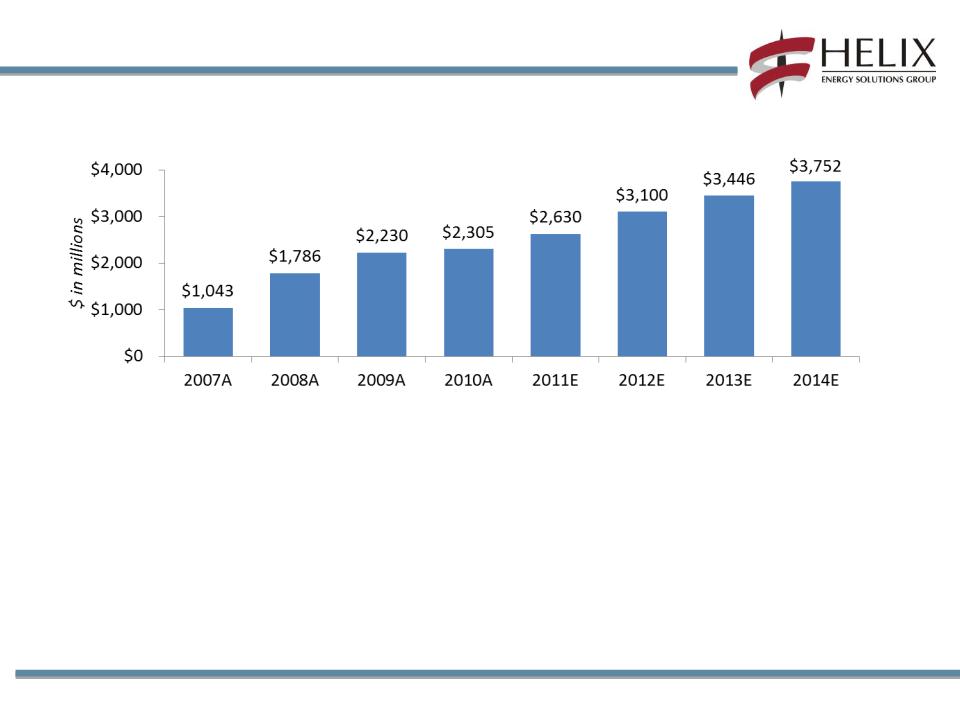
Market Outlook for Well Intervention
10
• Subsea intervention demand driven by increasing activity and rising
subsea well counts
subsea well counts
• Maintenance intensity expected to rise as greater share of production
moves into deepwater fields and as operators face increasing oil
recovery needs from maturing fields
moves into deepwater fields and as operators face increasing oil
recovery needs from maturing fields
• Global expenditures on intervention are expected to grow 11%
annually from 2009 to 2014, reaching nearly $3.8 billion
annually from 2009 to 2014, reaching nearly $3.8 billion
Subsea well intervention expenditures
Source: Douglas-Westwood

2011 Market for Well Intervention Services
11
North America
SS Intervention spend: $470mm
Offshore rigs: 31
Offshore wells drilled: 260
Latin America
SS Intervention spend: $427mm
Offshore rigs: 88
Offshore wells drilled: 572
United Kingdom
SS Intervention spend: $272mm
Offshore rigs: 16
Offshore wells drilled: 157
Norway
SS Intervention spend: $303mm
Offshore rigs: 19
Offshore wells drilled: 188
Africa
SS Intervention spend: $746mm
Offshore rigs: 37
Offshore wells drilled: 531
Asia Pacific
SS Intervention spend: $375mm
Offshore rigs: 80
Offshore wells drilled: 1,072
Source: Douglas-Westwood, Spears & Associates

Regulatory Limitations
Vessel Class - Many independent classing societies
• Most Prominent - DNV (Det Norske Veritas),
ABS (American Bureau of Shipping)
ABS (American Bureau of Shipping)
• MODU Notation - Specific requirements for a vessel used in intervention
including zoning for handling hydrocarbons.
including zoning for handling hydrocarbons.
• Government - No international standard. All strictly enforced by each country.
• Prescription vs. Safety Case
Client - Every client and sometimes every engineer has a different set of
compliance standards. Now driven by SEMS.
compliance standards. Now driven by SEMS.
Industry - Many depositories of guidance principles.
• Voluntary Compliance
• Generally accepted by Industry but different clients will look at different
sets of guidance.
sets of guidance.
• APL - Most generally accepted.
12

13
Wireline Deployment via SIL
• 7-3/8” bore, 10ksi WP - single trip
• 600 m water depth rated
• Various wireline & coiled tubing modes
with sub-modes (long and short tools,
etc.)
with sub-modes (long and short tools,
etc.)
• Live well decommissioning & stimulation
modes
modes
• Balanced stabs with valves
• Modular design
• LRA / URA - VXT, HXT & CT riser
• URA only - VXT wireline
• Dual BOP position
• 18.5 m or 22 m toolstrings
• Norwegian compliant
• Except DNV-E-101 re: QOD
• Minor lessons learned in next version

SIL Overview - MUX Controls
MUX EH control system
• Mode Screens
• Auto Set Interlocks
• Configuration, Set Up & Test, Lifting Ops
• Slickline, Braided Line & Riser
• ROV electronics technology
• Grease system same as Seawell & Enhancer
• Not electric pump - seawater powered from surface
• No wireline shear upon subsea comms failure
• 6hrs POOH - batteries & surface grease pump
• Auxiliary umbilical option to LRA / URA & extend
• ROV controls
• Full LRA WCE
• Primary URA safety functions
• Client Mimic Screen
14

Intervention Riser System for CT Deployment
• As water depth increases, the cost of intervention increases. If a problem
is encountered, wireline alone is limited in being an effective
remediation tool.
is encountered, wireline alone is limited in being an effective
remediation tool.
• To run coiled tubing into a well requires either an absurdly complicated
well head mounted system or requires a riser back to the surface. This
creates an extremely complicated interface occurring between the
stationing riser and a tugging mooring vessel. These relative motions and
the fact that the interface between the well’s high pressured hydrocarbons
and the low ambient pressures on the vessel creates technical
challenges.
well head mounted system or requires a riser back to the surface. This
creates an extremely complicated interface occurring between the
stationing riser and a tugging mooring vessel. These relative motions and
the fact that the interface between the well’s high pressured hydrocarbons
and the low ambient pressures on the vessel creates technical
challenges.
15

Compensation
Frame CCTLF
Frame CCTLF
Flow Tee and Swivel
Riser Centraliser
Moonpool Joint
Fatigue Enhanced Riser
Mid Joint Connector
Stress Joint
SIL including EDP
Assembly
Assembly
Multi Purpose Tower
MPT
MPT
Helix Coiled Tubing Setup

Vessels - Category A Intervention
Category A - Wireline only deployed via a SIL. Typically a monohull due to
build cost and spend of transit.
build cost and spend of transit.
• Smaller the better to keep costs down commensurate with limited
capability.
capability.
• Limited deck area required for necessary equipment. $110 million and
larger typically.
larger typically.
• Operability limited if size is so small that motions become too great for
safe operating. Has even greater effect in harsh environments
safe operating. Has even greater effect in harsh environments
• Water depth limited by seal technology and cost associated with
complexity of system required to accommodate depth.
complexity of system required to accommodate depth.
17

Vessels - Category A+ Wireline
18
Category A + - wireline and coiled tubing deployed via SIL and sub 7” riser,
i.e. drill pipe. Also typically a monohull.
i.e. drill pipe. Also typically a monohull.
• Greater capability with CT but unable to work full bore 7” which restricts
what can be done.
what can be done.
• Advantage of being smaller and lower cost.
• Motions are high thus complexity is difficult.
• High motions result in narrow operating envelope resulting in more down
time and higher risk if emergency disconnect is required. Smaller vessel
makes it difficult to be able to operate on station in high seas.
time and higher risk if emergency disconnect is required. Smaller vessel
makes it difficult to be able to operate on station in high seas.
• High motions adds to safety risk, i.e. man riding.
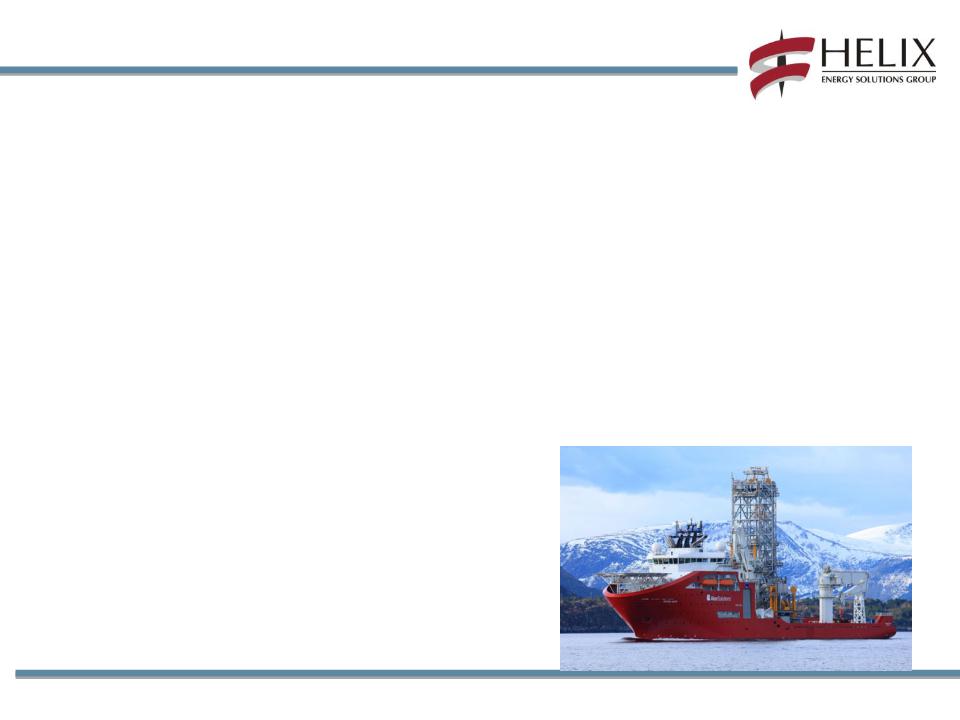
Vessels - Category A++ Intervention
Category A ++ - Wireline and CT deployed via a 7” riser.
• Has full bore capability with coiled tubing through full 7” bore of the
well.
well.
• May have limited capability of pulling tubing.
• Size of the vessel increases deck space required for equipment and
riser handling.
riser handling.
• Larger size vessels handle sea motion better.
• System required to compensate for motions is still relatively complex.
• Overall cost is now getting high.
19
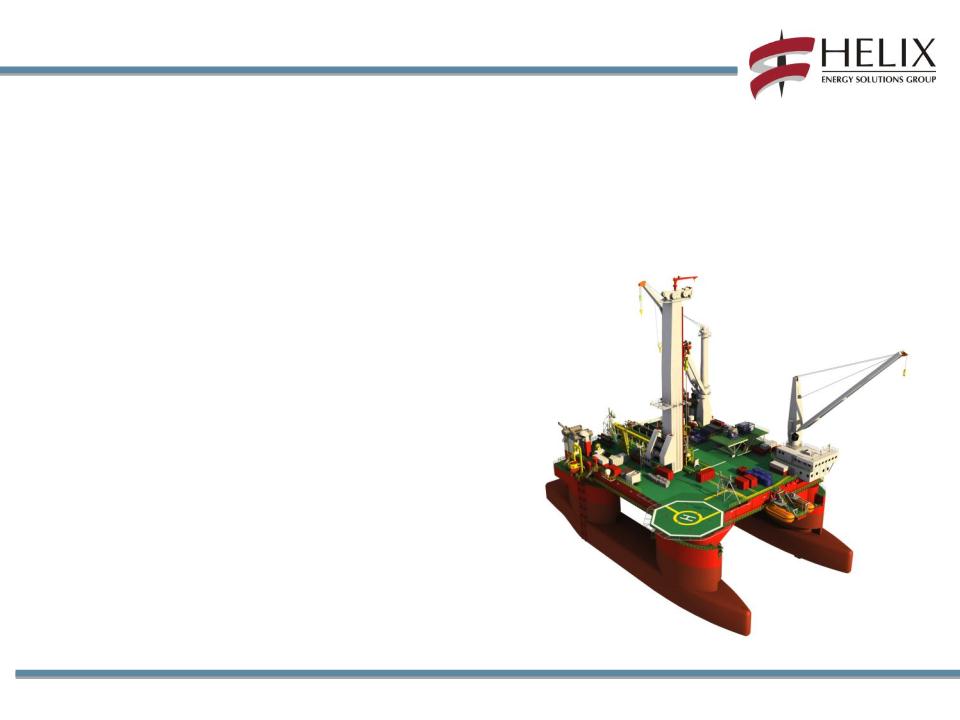
Vessels - Category B Intervention
Category B - Semi Submersible
• Ample deck area
• Motions are the best and allows for less complexity and risk in systems
design.
design.
• Greatest number of applications possible.
20

Industry Considerations
21

Determining which solution makes sense is a balance between
small, low cost vessel with a complex high risk system. (Technology
is not fully developed)
small, low cost vessel with a complex high risk system. (Technology
is not fully developed)
Or
Larger, high cost vessel with simpler low risk system.
Primary Focus: Semi Platform Deploying IRS
22
Conclusion

Colin Johnston, Helix Well Ops Senior Engineer
Well Intervention
Fleet Overview
Fleet Overview
1

2
MODU DP3 Q4000
MSV DP3 Well Enhancer
Vessel of opportunity
MSV DP2 Seawell
Well Intervention Assets

Helix is the leader in subsea through-tubing
intervention
intervention
•Global Reach
• 24 years experience in the North Sea on more
than 600 wells
than 600 wells
• 14 years experience in the Gulf of Mexico on
more than 100 wells
more than 100 wells
• 5 years experience in Australia & Sea East Asia
on more than 20 wells
on more than 20 wells
•Successful application of prototype equipment
• Q4000 - IRS, HFRS, MPT, VDS
• Well Enhancer
•Track record of cooperative contracting and
scheduling
scheduling
• Gulf of Mexico
• North Sea Collaboration - Multi client
• Helix Well Containment Group
•Proven capability to manage:
• Marine vessels,
• Crewing
• Subsea systems
•Subsea controls, downhole services, diving,
construction, and WROV operations
construction, and WROV operations
• Well Enhancer CT system
• WOUS IRS MUX upgrade
3
Providing World Class Intervention Services

History and Evolution - Seawell
4

5
History and Evolution - Well Enhancer
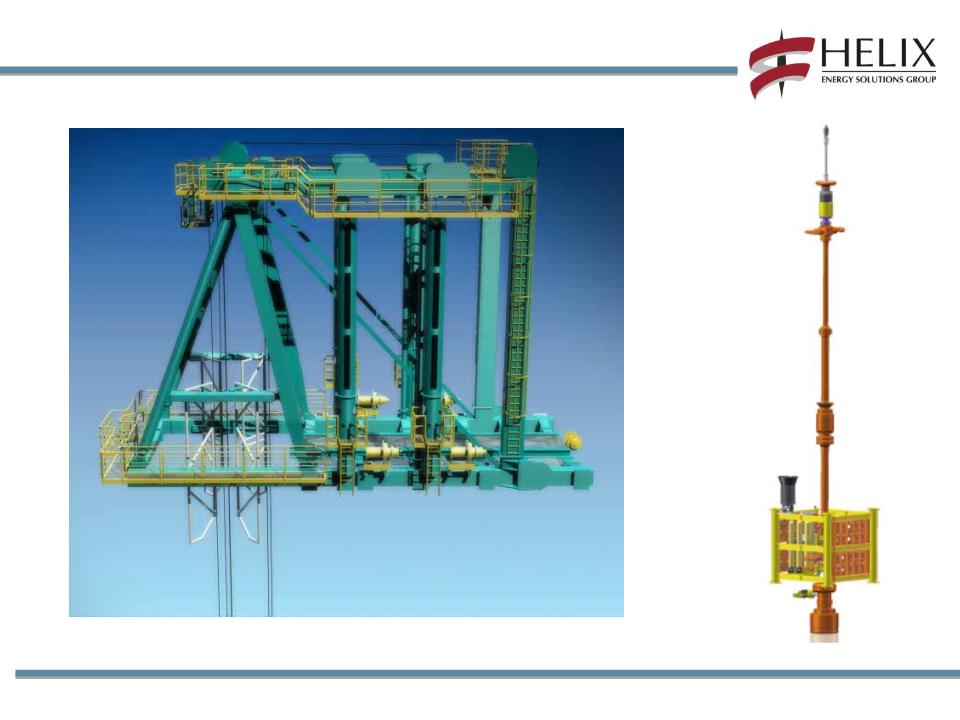
6
History and Evolution - Vessels of Opportunity

7
History and Evolution - Q4000

Where the value is found
• Efficiency - Main Driver
• Time efficient
• Cost efficient
• Campaign Based
• Shared across BU, Assets,
Operators
Operators
• Broad Functionality
• Minimal Built-ins
• Variable deck lay out
• Construction Support
• Construction and well intervention
capability
capability
• Seabed access and recovery
• Emergency Response
• Knowledgeable, integrated crews
• Integrated Onshore Management
• Assessment and investment in new
technology
technology
• Integration of Technology
8

9
Accommodation (122)
& project offices
18 man saturation
1 x WROV
1 x Obs ROV
Active heave-comp Derrick
Twin Crane & Well
Services spread:
Services spread:
Slickline
E-line
Pumping
Well test
• Main deck
• (Client supplied)
• Below deck
• 2 x drill water tanks 258m3
• 4 x bulk fluid tanks 240 m3 (1509 bbl)
114m
• Derrick Lifting Capacity 80Te
• Crane 130Te (twin lift)
• 2 x 15k psi OPI triplex pumps
Seawell Light Well Intervention Vessel

10
• Main deck
• 1 x bulk fluid tank 150m3 (943bbls)
• Below deck
• 2 x drill water tanks 90m3 each
• 1 x bulk fluid tank 190m3
• Tower Lifting Capacity 100Te
• Crane 150Te
• 2 x 10k psi SPM600 pumps
Well Services
spread:
spread:
Slickline
E-line
Pumping
Well test
Coiled Tubing
Active heave-comp Tower, Crane, Riser Handling & Skidding system
18 man saturation
1 x WROV
1 x Obs ROV
Accommodation (120)
& project offices
132m
Well Enhancer Light Well Intervention Vessel

11
7 3/8” SIL in the Well Enhancer Tower
5 1/8” SIL in the Seawell Derrick
7 1/16” SIL in the Seawell Derrick
Subsea Intervention Lubricators (SILs)

Well Enhancer - Overview
Tower, Riser Handling
& Skidding systems
Crane & Well Services
•Slickline
•E-line
•Pumping
•Well test
•Coiled Tubing
• Tower Lifting Capacity = 150Te
• Tower Active Heave Comp = 130Te
• Crane = 100Te
• Guide Line Tensioner = 4 off (10te)
• Active Pod Line Tensioner = 2 off (15te)
• 2 x SPM600 673kw 10k pumps
• 1 x s/steel frac tanks = 200 m3 (1260 bbl)
• 2 x drill water tanks = 190m3
• Deck tanks = >266m3
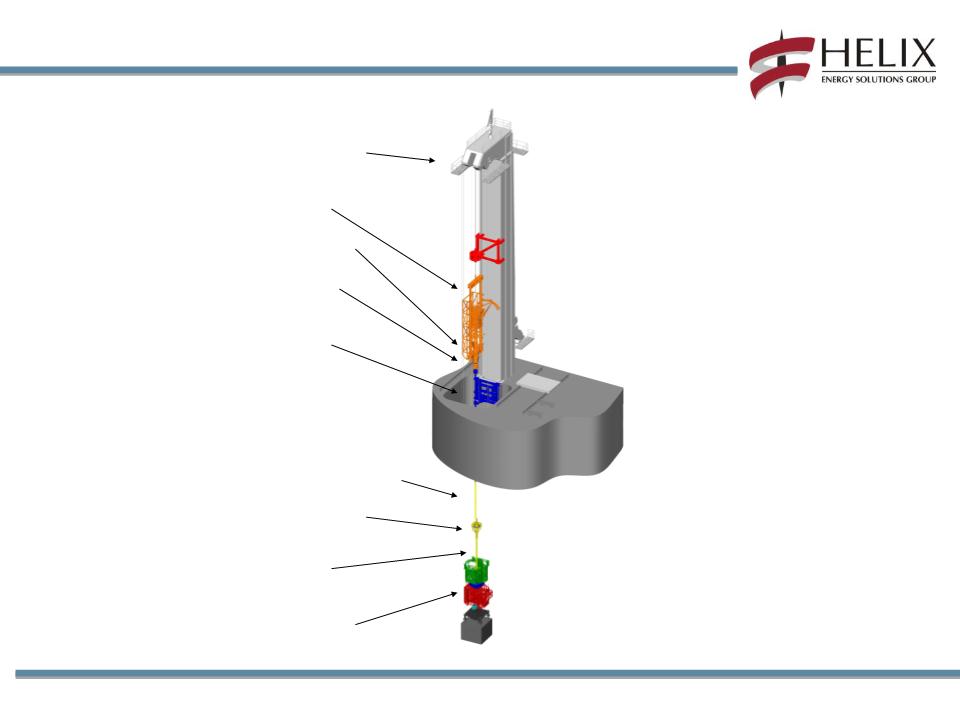
Compensation
Frame CCTLF
Frame CCTLF
Flow Tee and Swivel
Riser Centraliser
Moonpool Joint
Fatigue Enhanced Riser
Mid Joint Connector
Stress Joint
SIL including EDP
Assembly
Assembly
Multi Purpose Tower
MPT
MPT
Well Enhancer Coiled Tubing Setup

Q4000 DP3 MODU Semi-submersible
14
4,000 mT variable main deck load
• MPT Tower Lifting
Capacity 600 mT
Capacity 600 mT
• Active and Passive Heave
Comp
Comp
• 360 mT Huisman crane
with
10,000 ft capacity traction
winch
with
10,000 ft capacity traction
winch
Well Services spread:
Slickline
E-line
Pumping
Well test
Coiled Tubing
Active heave-comp Tower, Crane,
Riser Handling & Skidding system
Riser Handling & Skidding system
Accommodation (133)
& project offices

Well Ops 7-3/8” Intervention Riser System

Future Vessels
• Through tubing well intervention
• Top hole drilling
• Extended top hole drilling
• Riserless Mud Return
• Subsea Rotary Controlled Device
• Well flow back, well testing
• Subsea construction
• Subsea processing support
• Open Water Completions

Kurt Hurzeler, Helix Well Ops Commercial Manager
Well Intervention
Methodologies
Methodologies
1

Critical Skill Sets
• Specialized vessels and vessel
management
management
• Down hole & Service Options
expertise
expertise
• ROV expertise
• In-house Subsea expertise
• Construction expertise
• Saturation Diving expertise
• Multi Functional Crew Management
Vessel Functions
•Adequate usable Deck space
•Adequate Accommodation
•Certified and classed for
hydrocarbons on deck
hydrocarbons on deck
•Lifting Capacity and Stability
•Heavy weather dynamic positioning
•Fluid storage and handling
•IRS tubular handling and tensioning
Consistent Success Requires…

Facilitate Wellbore Access
• Flexibility of system to interface with all subsea well types with minimal
modification.
modification.
• Provide systems on a day rate basis to reduce end user’s cost
• Minimize complication, deployment and testing time
• Reduce rig requirements and costs
Reduce Decommissioning Liability
• Lower cost well abandonment
• Reliable and successful completion
Improve Intervention Response
• Provide a rig alternative with 4 season capability.
• Minimize mobilization, demobilization and transit time
• Pre-engineer capability to allow rapid response for clients needs
• Stay in the field
Provide Surveillance & Flow Assurance
• Reduce access costs for subsea production evaluation
• Reduce Inspection, Repair & Maintenance (IRM) Costs
Where the Value is Found

Campaign Based
• Shared costs across BU’s, fields and operators
• Reduced transit time
• Minimal port and duty costs
Construction Support
• Ability to carry out construction and well intervention
• Lift and/or transport heavy equipment from port to location, install via
crane or drill pipe, assist platform operation
crane or drill pipe, assist platform operation
Emergency Response
• Offshore fire fighting, diving and ROV support
• Ready availability, construction, accommodation, intervention and
general operations support
general operations support
Where the Value is Found

Operational overview - Seawell North Sea
The Client objective was to maximise
the operational functionality of the
MSV Seawell in order to complete the
following well workscopes:
the operational functionality of the
MSV Seawell in order to complete the
following well workscopes:
•Mechanical repair/well
maintenance/integrity
maintenance/integrity
•Production logging
•Mechanical repair/well maintenance;
tree change-out; well integrity
tree change-out; well integrity
•Well suspension operations
(temporary abandonment)
(temporary abandonment)
•3 x well P&A and wellhead removal
•Pumping - scale-squeeze operations

Operational overview - Seawell North Sea
• In field 16 days Highlander Field
• In field 16 days Tartan Field
• In field 14 days Enoch / South Wood
• In field 17 days Claymore
• In field 9 days Tweedsmuir
5 1/8” SIL in the MSV Seawell Derrick
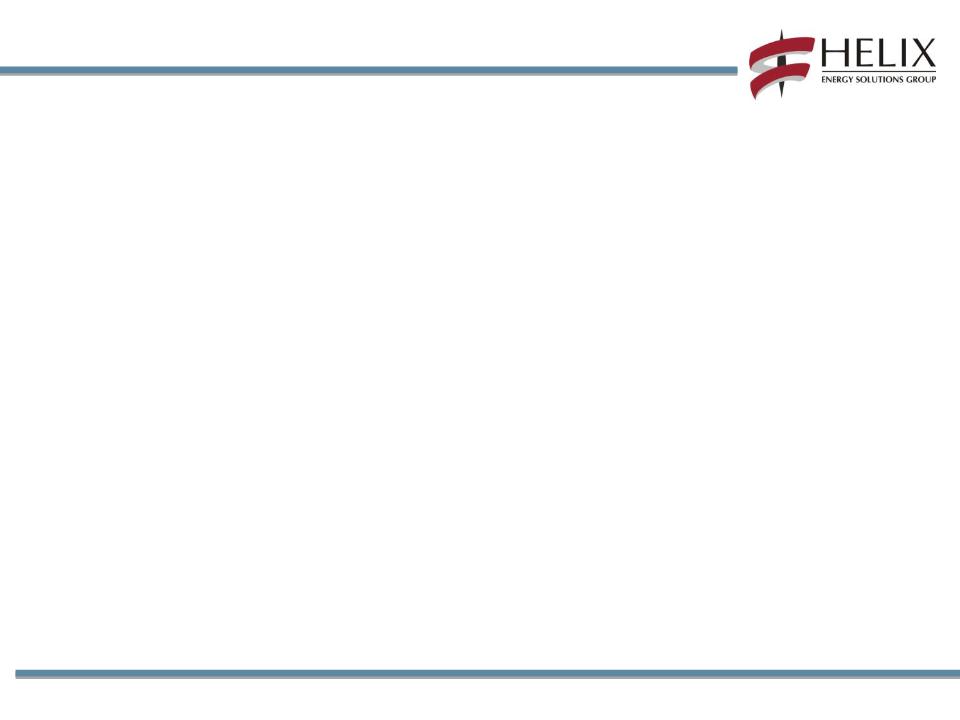
Seawell Operation summary
• Number of well locations = 7
• Water depth range = 90 - 141m
• Full demobilisation of 5 1/8” SIL in order to mobilise 7 1/16” SIL for TNT
• Total days = 68
• Vessel off-hire 0 days
• Wait on Weather 9.5 days
• Uptime 58.1 days
• Well-work completed:
• 4 Interventions (Well Maintenance & Production Enhancement)
• 3 wells P&A’d (Decommissioning)
• All the above workscopes were supported with Saturation Diving operations
• All procedures developed and work supported by in-house WOUK project engineers

Q4000 Gulf of Mexico Snapshot

Q4000 Gulf of Mexico Snapshot

Q4000 Deck Layout for Well Stimulation
Deck Space- More is Better

Drilling module roofs with complete coiled tubing system, E
-Line, Slick Line, fluids and second WROV system
-Line, Slick Line, fluids and second WROV system
Intervention Deck Space and Positioning

• Coil-tubing Lift Frame
• Intervention Riser Package
• Flowhead
• H4 Connector
• Riser
• 3rd Party Service Equipment
Critical Components Remain Onboard

280 MT Manifold being deployed
Construction - Dock to Seabed
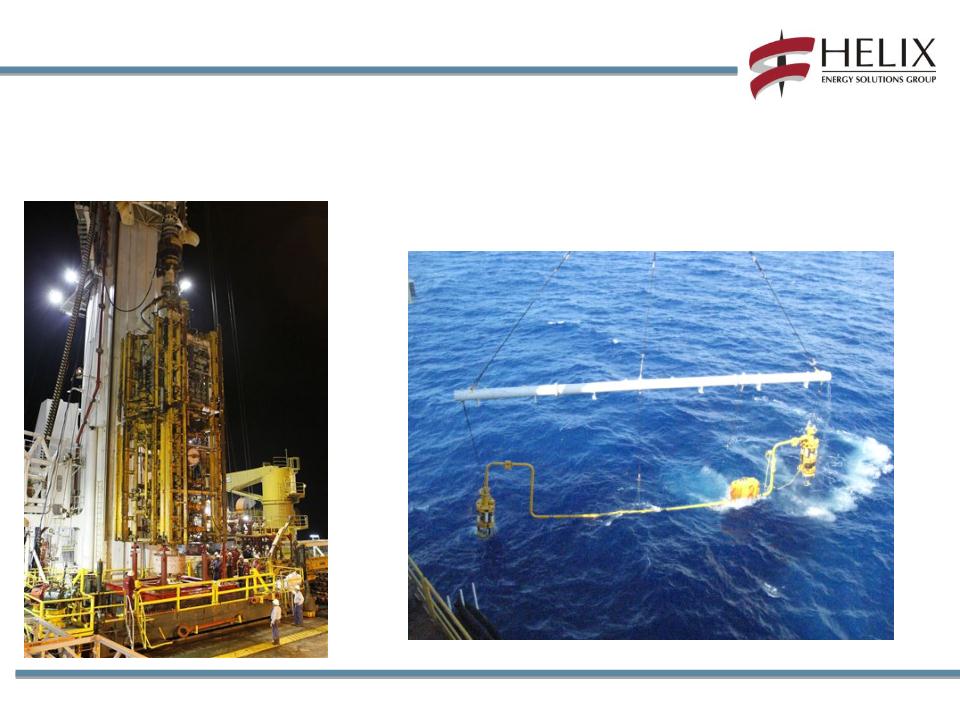
• Seabed debris recovery
• Debris cap recovery and
reinstall
reinstall
• Flowline plug and burial
Flowline clean out
Flowline clean out
• Jumper disconnect and
recovery
recovery
Construction - Concurrent Operations
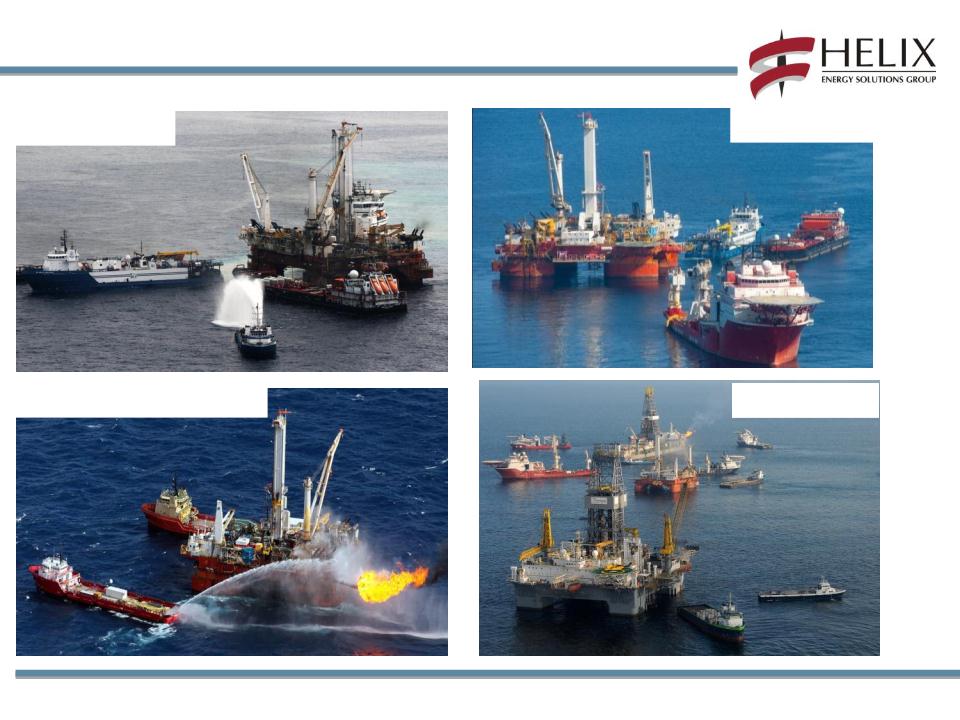
Static Kill
Oil & Gas Burn
Dynamic Kill
SIMOPS
Q4000 Versatility and Capabilities

Summary
• A unique combination of specialized skills and equipment
• A clear understanding of Client value
• Recognition of operational technical limits
• The means, ability and experience to manage and control diverse assets and
personnel effectively and reliably
personnel effectively and reliably
Helix Well Ops Provides
